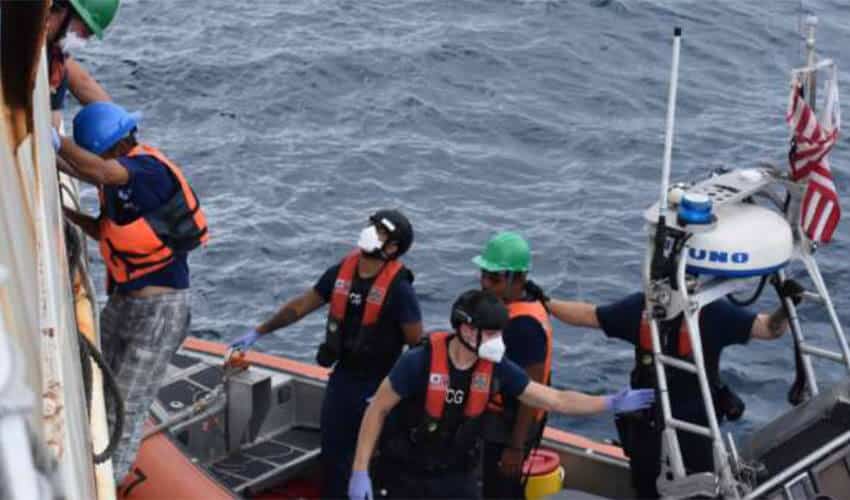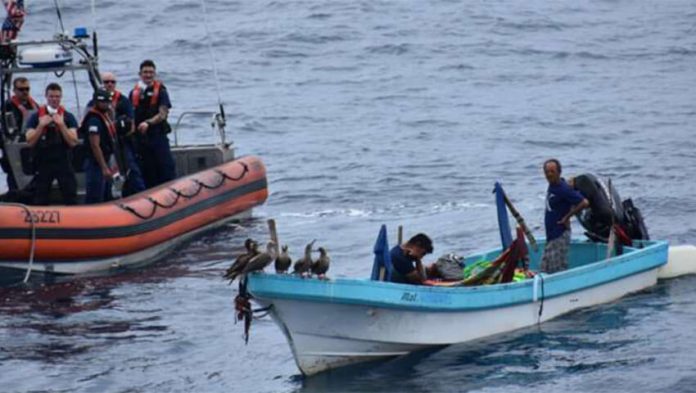Two Mexican fishermen who said they had been adrift for 23 days have been rescued on the high seas by the United States Coast Guard more than 200 kilometers off the coast of Huatulco, Oaxaca.
“They survived by drinking rainwater,” said a Twitter update posted June 13 by the U.S. Embassy in Mexico. “The Coast Guard took them safely to Manzanillo” in the state of Colima.
They also survived by eating fish, a report in the newspaper El Universal said, and received medical attention after they were brought to Manzanillo, approximately 900 kilometers from where they were found in Huatulco.
El Universal also noted that, despite the rescue, port captains in the Oaxaca coastal areas of Huatulco, Puerto Escondido and Salina Cruz had not reported any missing fishing vessels recently.

The embassy did not provide any information about the fishermen’s home port, what type of USCG vessel was used in the rescue or how the adrift boat was located. The effects of the recent Hurricane Agatha, which hit the Oaxaca coast on May 30, might have been responsible for dragging the small boat further out into the ocean.
The U.S. Coast Guard operates in Mexico under a joint agreement that targets drug smugglers off the Pacific coast, according to the Associated Press. Much of the South American cocaine in the United States ends up first in Mexico by seafaring smugglers using fishing boats, skiffs, commercial cargo ships and even submarines. The USCG in Mexico also participates in search-and-rescue operations and responds to ships in distress.
The rescue of the castaways was announced less than a week after a homemade submarine was found abandoned about 10 kilometers from Santiago Astata, on the Oaxaca coast. The acrylic and fiberglass craft, about 10 meters long and 1 meter wide, allegedly was used to transport cocaine, according to the newspaper Milenio.
It was found by local authorities after an anonymous call to 911, and then the site was secured in a joint operation of the Mexican navy, army and National Guard. One publication called it a “semi-submersible.”
With reports from El Universal and Milenio
